How to use Redis and JavaScript to implement cache preloading function
In modern web applications, caching is one of the important means to improve performance and reduce server response time. Cache preloading actively loads data into the cache before user requests to reduce user waiting time and reduce the load on the server. This article will introduce how to use Redis and JavaScript to implement cache preloading function.
- Introduction to Redis
Redis is a high-performance key-value storage database that supports a variety of data structures and functions. Among them, one of the most commonly used data structures is cache (Cache), which can store data in memory to speed up data reading and access. - JavaScript implements cache preloading
In front-end development, JavaScript is a very commonly used language. We can call Redis related operations through JavaScript code to achieve the cache preloading function.
First of all, we need to introduce the Redis JavaScript client library on the front end, such as ioredis. Install the ioredis library through npm and introduce it into the project.
$npm install ioredis
import Redis from 'ioredis';
const redis = new Redis({
host: 'localhost',
port: 6379,
password: 'your_password',
});
redis.on('ready', () => {
console.log('Redis connection ready');
});
redis.on('error', (err) => {
console.error('Redis connection error', err);
});
// 示例代码
function preloadCache(key, value) {
// 将数据存储到缓存中
redis.set(key, value).catch((err) => {
console.error(`Failed to cache data for key ${key}`, err);
});
}
// 定义需要预加载的数据
const dataToPreload = [
{ key: 'user:1', value: JSON.stringify({ id: 1, name: '张三' }) },
{ key: 'user:2', value: JSON.stringify({ id: 2, name: '李四' }) },
// 更多的数据...
];
// 预加载数据
dataToPreload.forEach((data) => {
preloadCache(data.key, data.value);
});In the above code, we create a connection with the Redis database through the ioredis library, and print a successful connection message in the redis.on('ready') callback function . Next, we store the data in the Redis cache by defining the preloadCache function. Finally, by traversing the dataToPreload array, we can implement the function of preloading data into the cache.
It should be noted that this is just a simple sample code, you can define and process cache data according to your actual needs.
- Advantages and application scenarios of cache preloading
The advantage of cache preloading is to load data into the cache in advance, reducing the waiting time for the user's first visit and improving the user experience. At the same time, since data already exists in the cache, subsequent requests can be read directly from the cache, reducing access to the database and reducing the burden on the server.
Cache preloading is suitable for application scenarios where a large amount of data needs to be loaded in the early stage, such as product information on e-commerce websites, article lists on news websites, etc. By preloading this data into the cache, you can improve the response speed when users access these pages and reduce the loading time.
- Summary
This article introduces how to use Redis and JavaScript to implement the cache preloading function. Through the ioredis library, we can establish a connection with the Redis database and store the data into the cache through JavaScript code. Cache preloading can improve application performance and user experience, and is suitable for application scenarios that require loading large amounts of data in advance. I hope this article will help you understand cache preloading, and I hope you can flexibly use this technology in actual development.
The above is the detailed content of How to implement cache preloading function using Redis and JavaScript. For more information, please follow other related articles on the PHP Chinese website!
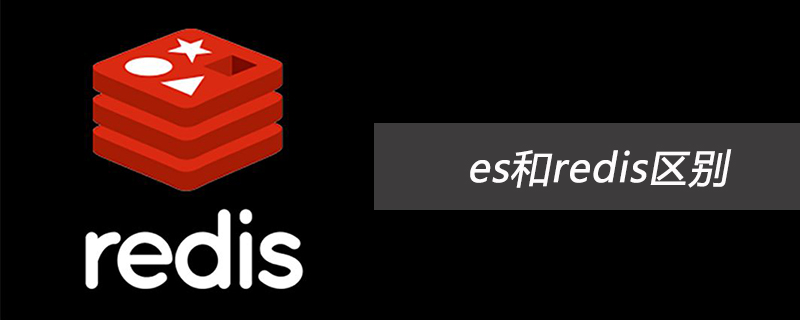 es和redis区别Jul 06, 2019 pm 01:45 PM
es和redis区别Jul 06, 2019 pm 01:45 PMRedis是现在最热门的key-value数据库,Redis的最大特点是key-value存储所带来的简单和高性能;相较于MongoDB和Redis,晚一年发布的ES可能知名度要低一些,ES的特点是搜索,ES是围绕搜索设计的。
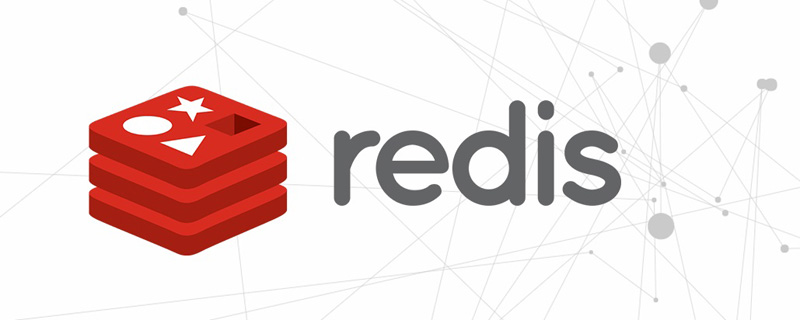 一起来聊聊Redis有什么优势和特点May 16, 2022 pm 06:04 PM
一起来聊聊Redis有什么优势和特点May 16, 2022 pm 06:04 PM本篇文章给大家带来了关于redis的相关知识,其中主要介绍了关于redis的一些优势和特点,Redis 是一个开源的使用ANSI C语言编写、遵守 BSD 协议、支持网络、可基于内存、分布式存储数据库,下面一起来看一下,希望对大家有帮助。
 实例详解Redis Cluster集群收缩主从节点Apr 21, 2022 pm 06:23 PM
实例详解Redis Cluster集群收缩主从节点Apr 21, 2022 pm 06:23 PM本篇文章给大家带来了关于redis的相关知识,其中主要介绍了Redis Cluster集群收缩主从节点的相关问题,包括了Cluster集群收缩概念、将6390主节点从集群中收缩、验证数据迁移过程是否导致数据异常等,希望对大家有帮助。
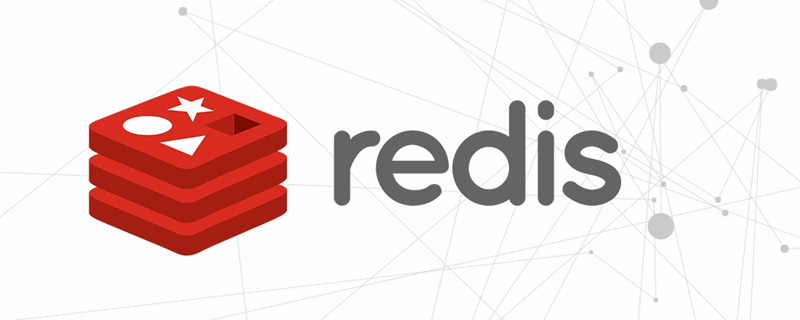 Redis实现排行榜及相同积分按时间排序功能的实现Aug 22, 2022 pm 05:51 PM
Redis实现排行榜及相同积分按时间排序功能的实现Aug 22, 2022 pm 05:51 PM本篇文章给大家带来了关于redis的相关知识,其中主要介绍了Redis实现排行榜及相同积分按时间排序,本文通过实例代码给大家介绍的非常详细,对大家的学习或工作具有一定的参考借鉴价值,希望对大家有帮助。
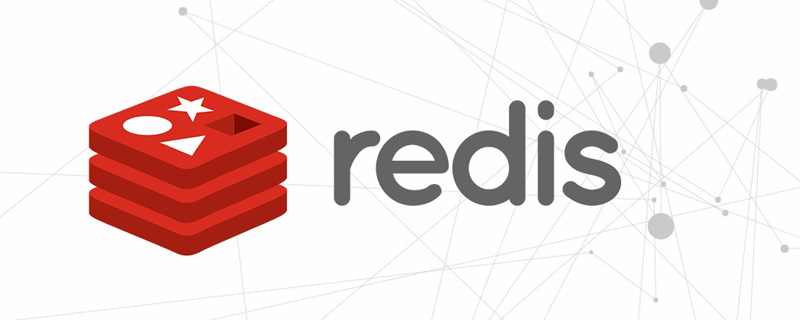 详细解析Redis中命令的原子性Jun 01, 2022 am 11:58 AM
详细解析Redis中命令的原子性Jun 01, 2022 am 11:58 AM本篇文章给大家带来了关于redis的相关知识,其中主要介绍了关于原子操作中命令原子性的相关问题,包括了处理并发的方案、编程模型、多IO线程以及单命令的相关内容,下面一起看一下,希望对大家有帮助。
 实例详解Redis实现排行榜及相同积分按时间排序功能的实现Aug 26, 2022 pm 02:09 PM
实例详解Redis实现排行榜及相同积分按时间排序功能的实现Aug 26, 2022 pm 02:09 PM本篇文章给大家带来了关于redis的相关知识,其中主要介绍了Redis实现排行榜及相同积分按时间排序,本文通过实例代码给大家介绍的非常详细,下面一起来看一下,希望对大家有帮助。
 一文搞懂redis的bitmapApr 27, 2022 pm 07:48 PM
一文搞懂redis的bitmapApr 27, 2022 pm 07:48 PM本篇文章给大家带来了关于redis的相关知识,其中主要介绍了bitmap问题,Redis 为我们提供了位图这一数据结构,位图数据结构其实并不是一个全新的玩意,我们可以简单的认为就是个数组,只是里面的内容只能为0或1而已,希望对大家有帮助。
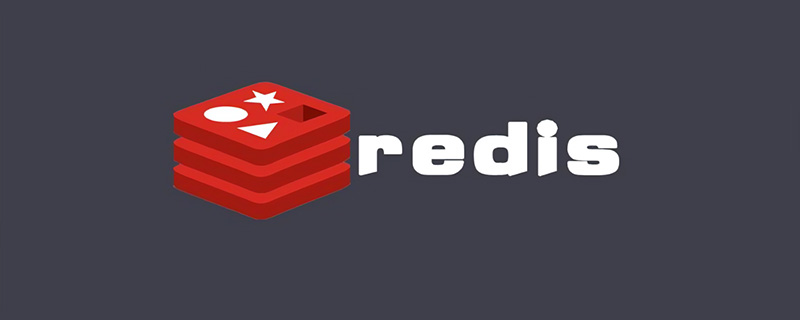 一起聊聊Redis实现秒杀的问题May 27, 2022 am 11:40 AM
一起聊聊Redis实现秒杀的问题May 27, 2022 am 11:40 AM本篇文章给大家带来了关于redis的相关知识,其中主要介绍了关于实现秒杀的相关内容,包括了秒杀逻辑、存在的链接超时、超卖和库存遗留的问题,下面一起来看一下,希望对大家有帮助。


Hot AI Tools

Undresser.AI Undress
AI-powered app for creating realistic nude photos

AI Clothes Remover
Online AI tool for removing clothes from photos.

Undress AI Tool
Undress images for free

Clothoff.io
AI clothes remover

AI Hentai Generator
Generate AI Hentai for free.

Hot Article

Hot Tools

Dreamweaver CS6
Visual web development tools

DVWA
Damn Vulnerable Web App (DVWA) is a PHP/MySQL web application that is very vulnerable. Its main goals are to be an aid for security professionals to test their skills and tools in a legal environment, to help web developers better understand the process of securing web applications, and to help teachers/students teach/learn in a classroom environment Web application security. The goal of DVWA is to practice some of the most common web vulnerabilities through a simple and straightforward interface, with varying degrees of difficulty. Please note that this software

WebStorm Mac version
Useful JavaScript development tools

Atom editor mac version download
The most popular open source editor

MinGW - Minimalist GNU for Windows
This project is in the process of being migrated to osdn.net/projects/mingw, you can continue to follow us there. MinGW: A native Windows port of the GNU Compiler Collection (GCC), freely distributable import libraries and header files for building native Windows applications; includes extensions to the MSVC runtime to support C99 functionality. All MinGW software can run on 64-bit Windows platforms.






